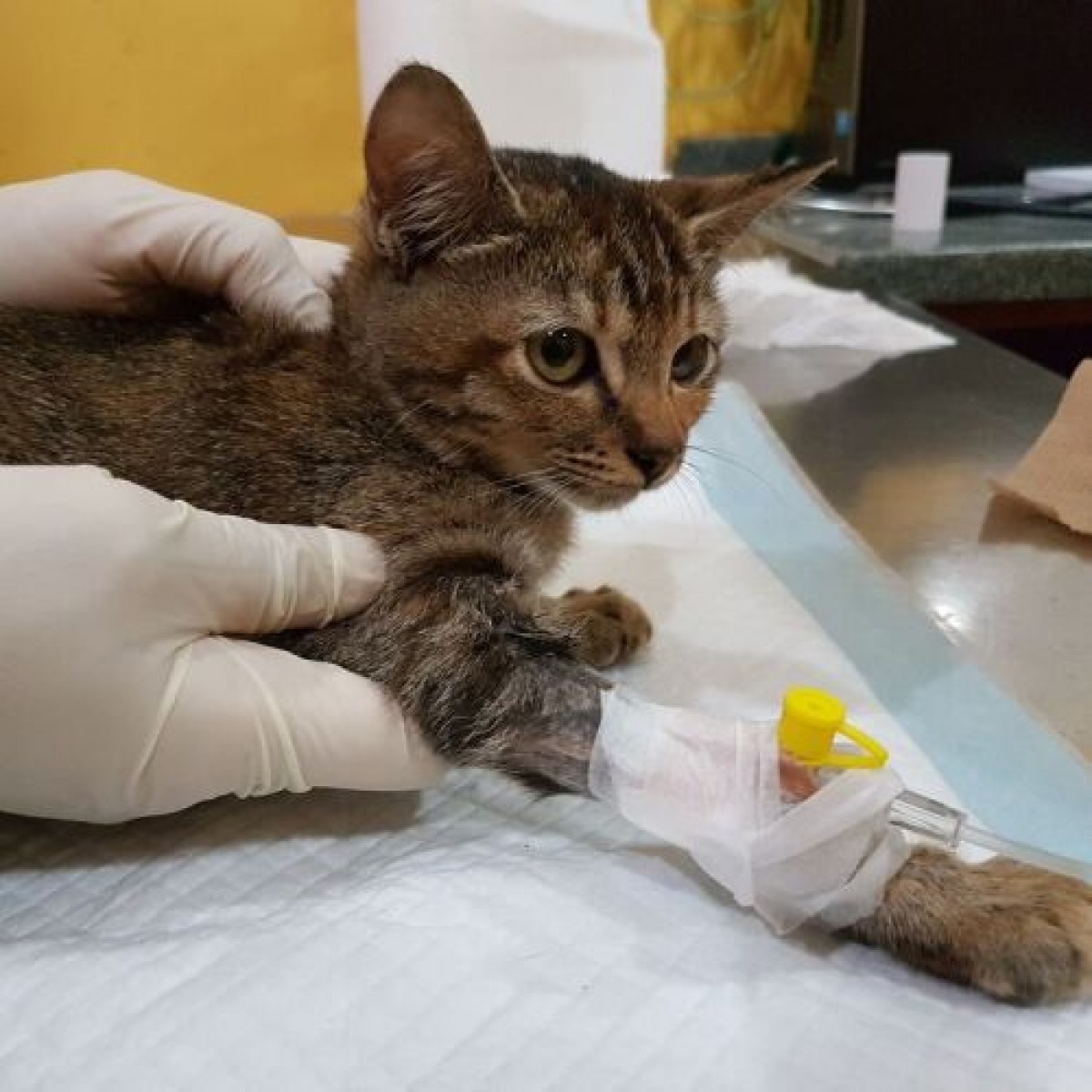Guidelines for Long-Term NSAID Use in Cats Are Updated
Non-steroidal anti-inflammatory drugs (NSAIDs) are often used as part of a multi-modal approach to manage chronic pain in cats, but minimizing adverse effects is necessary. To support veterinarians who prescribe NSAIDs to manage chronic feline pain, the International Society of Feline Medicine (ISFM), in collaboration with the American Association of Feline Practitioners (AAFP), recently published updated guidelines on this topic in the 2024 ISFM/AAFP Consensus Guidelines on the Long-Term Use of NSAIDs in Cats.
NSAIDs in cats
Cats have diminished glucuronidation abilities, which puts them at greater toxicity risk when drugs that rely on this pathway for clearance are administered. This is why NSAIDs, such as acetaminophen, are contraindicated in the feline species. Meloxicam and robenacoxib, which are the most widely researched NSAIDs in cats, show strong evidence of efficacy and safety for managing degenerative joint disease (DJD) pain in cats. In the feline species, meloxicam is primarily metabolized by oxidative pathways and eliminated in the feces. Robenacoxib is also primarily eliminated in the feces, but the drug’s metabolic pathway in cats is unknown.
Other NSAIDs, such as carprofen, ketoprofen, tolfenamic acid, and vedaprofen, have been studied only for short administration periods, and whether they are safe or effective for long-term pain management in cats is unclear.
Indications for long-term NSAID use in cats
Chronic feline pain should be managed using a multi-modal approach, ideally including pharmacological and non-pharmacological treatments. Long-term NSAID use may be indicated to manage several feline chronic pain conditions, especially when inflammation is a contributing factor. Conditions that may cause chronic pain and benefit from long-term NSAID use include:
- Chemotherapy or radiation-induced complications
- Chronic kidney disease (CKD)
- Degenerative joint disease
- Dental and oral disease
- Dermatological conditions
- Neuropathic pain
- Gastrointestinal issues
- Neoplasia
- Ocular conditions
- Post-surgical pain
- Trauma
- Urogenital conditions
Veterinarians should rely on behavioral signs and physical exam findings to determine if a cat is in chronic pain. An analgesic therapy trial also may be helpful. Clinical signs that are resolved or reduced can indicate chronic pain was present and treated effectively, but since chronic pain can be difficult to detect in cats, a lack of response should be interpreted cautiously.
Considerations for long-term NSAID use in cats
When initiating long-term NSAID therapy in a feline patient, factors to consider include:
- Patient assessment — To determine if a cat is a good candidate for long-term NSAID therapy, veterinarians should perform a comprehensive history, thorough physical examination, blood pressure assessment, and laboratory testing such as a complete blood count (CBC), biochemistry profile, and a urinalysis.
- Ability to administer — Cats can be difficult to medicate, preventing compliance and damaging the cat-owner bond.
- Drug choice — Meloxicam and robenacoxib are the NSAIDs of choice for treating chronic feline pain, and choosing one over the other is based on drug availability, palatability, formulation, and veterinarian preference.
- Dosage regimen — Dosing should follow label recommendations, but alternative regimens may be necessary based on the individual cat. If possible, the dosage should be gradually decreased while the effect is monitored, to achieve the lowest effective dose.
- Switching NSAIDs — If the NSAID needs to be switched for reasons such as cost, availability, formulation, lack of clinical efficacy, or adverse effects, a seven day washout period is recommended.
Long-term NSAID use in cats with CKD
NSAIDs can be used safely in cats with CKD, but certain recommendations should be followed to prevent disease progression. Recommendations include:
- Ensure the cat has a stable IRIS stage of 1, 2, or 3 CKD.
- Ensure the cat is well hydrated, eating and drinking well, has normal blood pressure, and concurrent diseases are controlled.
- Discuss the risks and benefits with the cat owner.
- Taper the dose to the lowest effective dose.
- Reassess CKD at least every six months for adverse effects.
- Educate the cat owner on monitoring for adverse effects of NSAIDs, dehydration, and signs of CKD progression.
Alternatives to NSAIDs
When NSAIDs are contraindicated, other medications and strategies can be used to help manage chronic feline pain. Examples include:
- Anti-NGF mAbs — Frunevetmab is a monthly subcutaneous injection that can manage DJD pain in cats.
- Gabapentin — Gabapentin used alone or in combination with NSAIDs can help control DJD pain in cats.
- Pregabalin — Pregabalin is primarily used as an anxiolytic in cats, but may be an efficient analgesic.
- Tramadol — Clinical trials demonstrated that geriatric, arthritic cats had improved mobility and caregiver-assessed quality of life on tramadol compared with a placebo.
- Omega-3 supplements — Omega-3 fatty acid supplements have been shown to benefit cats with DJD.
Environmental modifications, minimizing protective emotions, and promoting engaging emotions can also contribute to chronic pain management.














List
Add
Please enter a comment